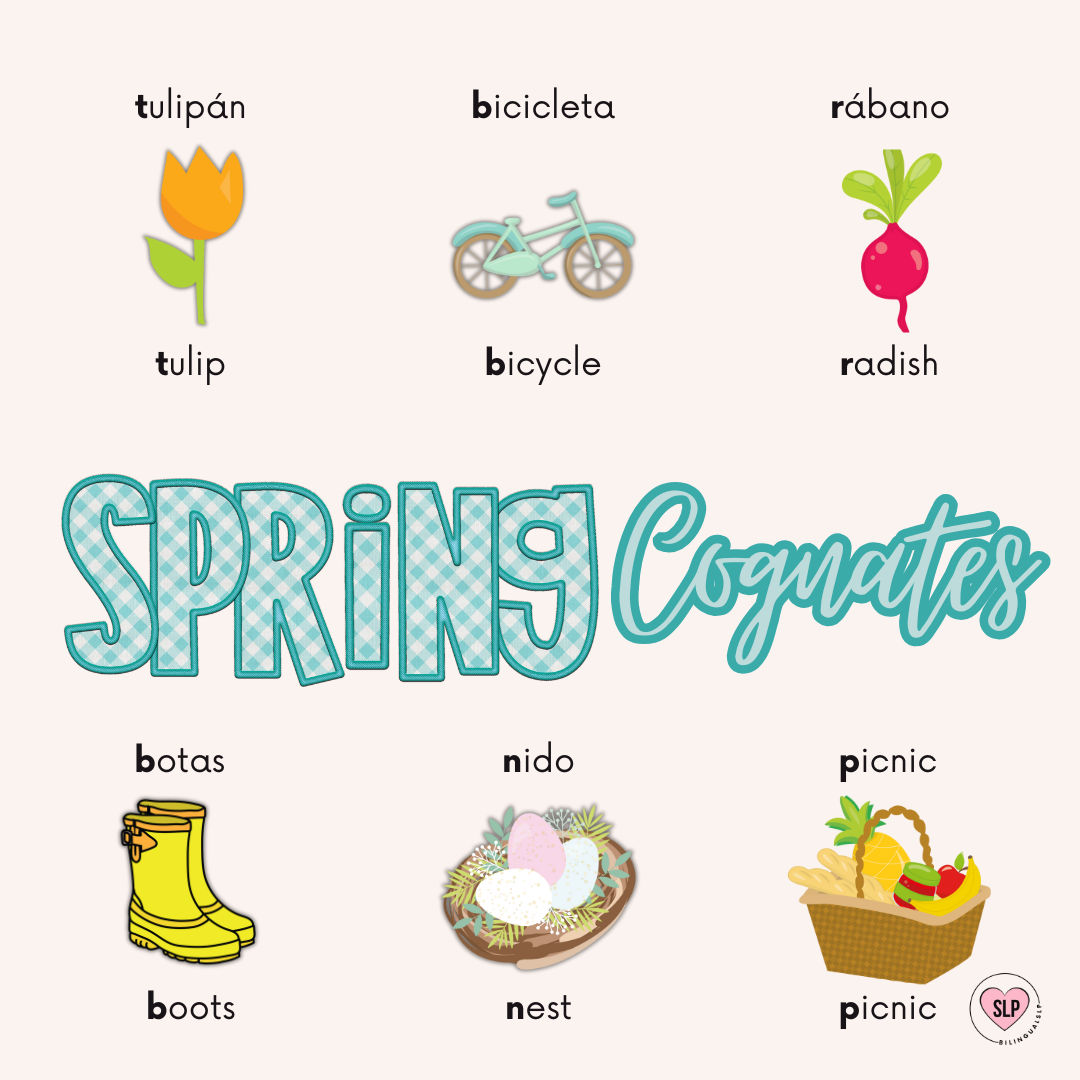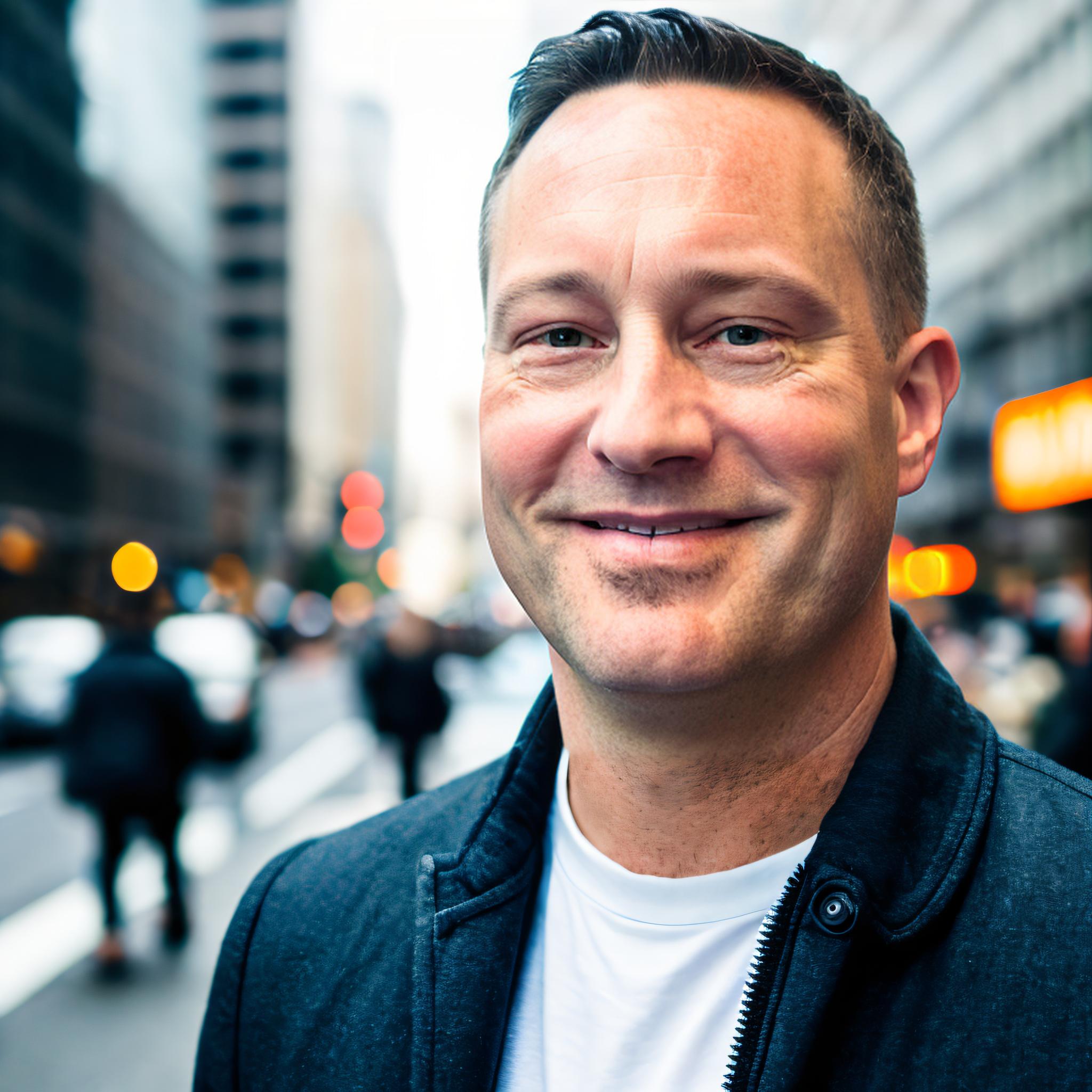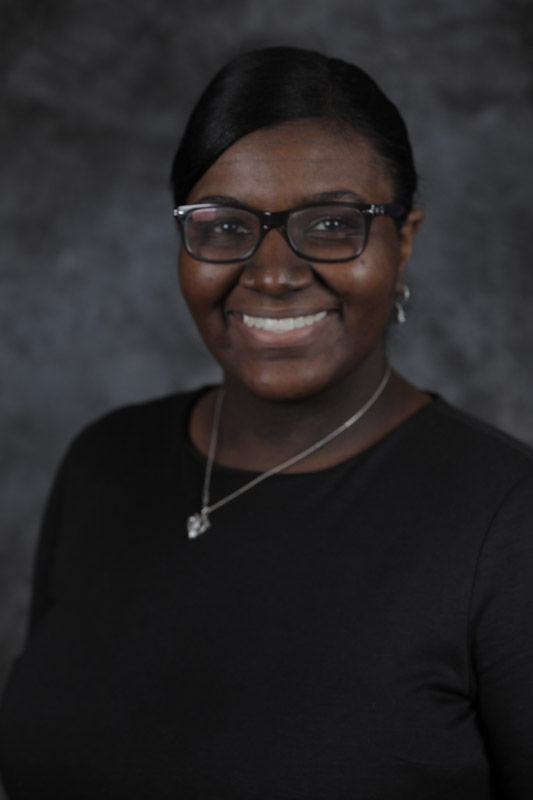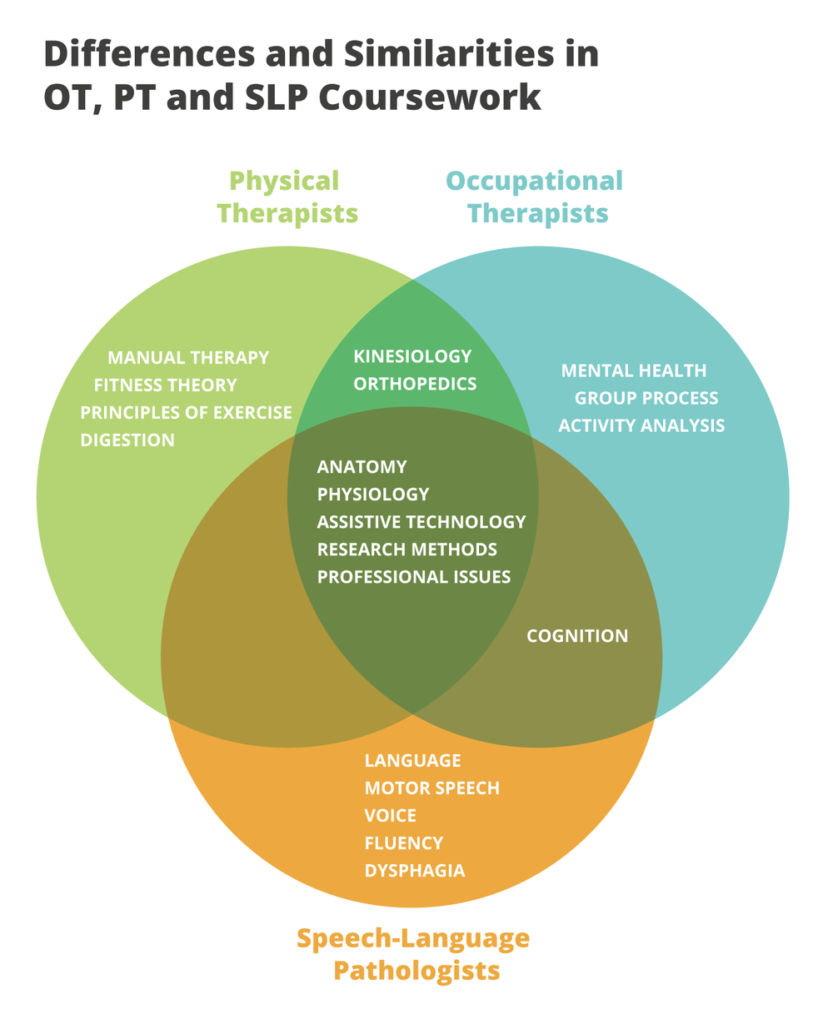Why the IEP Is the Heart of Special Education
Behind every child with unique learning needs is a team of dedicated educators and caregivers, working together to build not just an academic path but a life of dignity, purpose, and possibility. At the center of that journey stands a tool that transforms potential into progress: the Individualized Education Plan (IEP).
The IEP is more than a document. It is a personalized roadmap—designed to celebrate a child’s strengths, support their challenges, and ensure that education is not just equal, but equitable. For children with disabilities, the IEP is a legal promise that their learning needs will not be overlooked, rushed, or underestimated.
In this article, we will explore the importance, core elements, and procedures involved in crafting an effective IEP—and why, when done right, it becomes one of the most powerful advocacy tools in a child’s educational journey.











